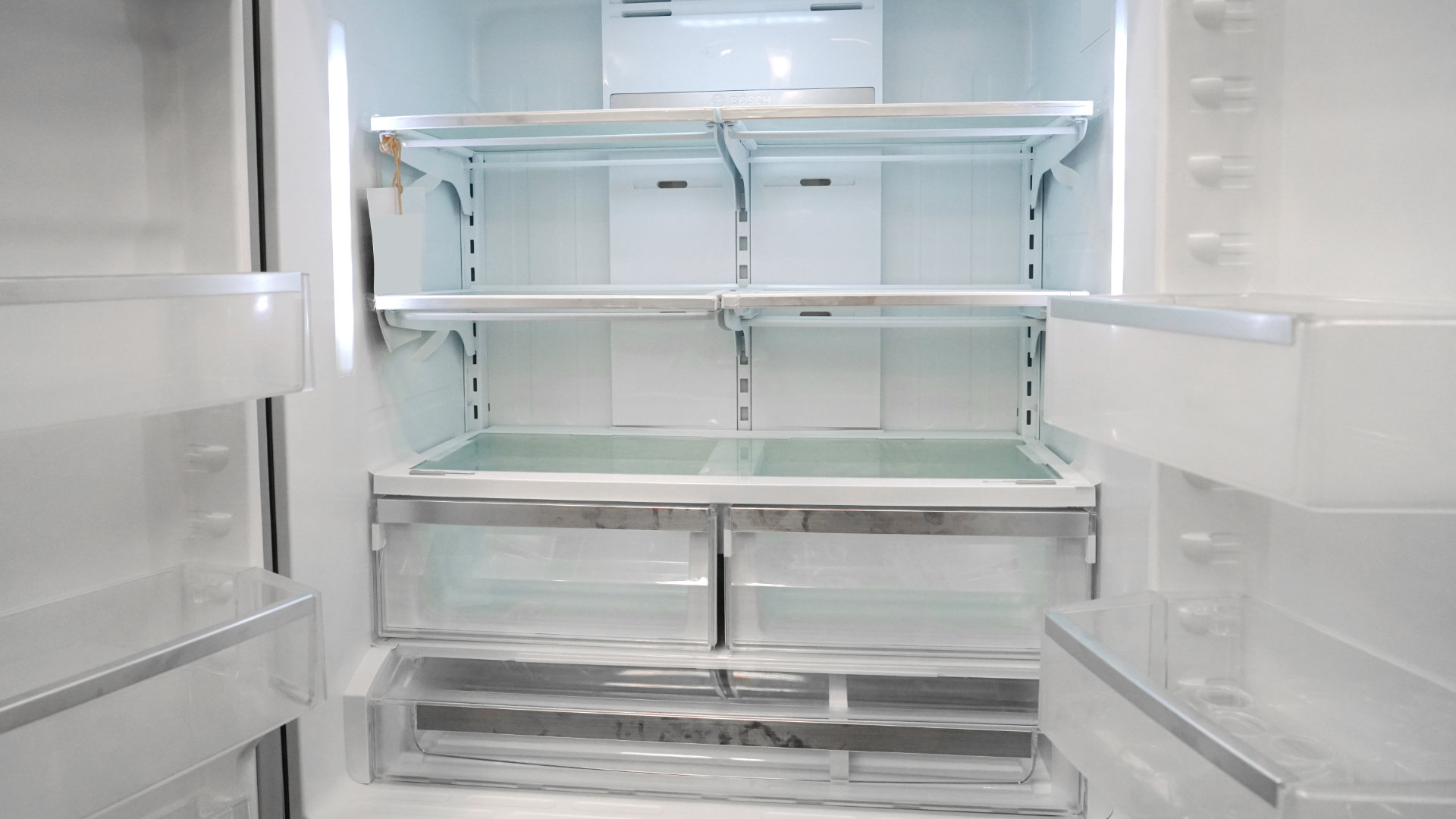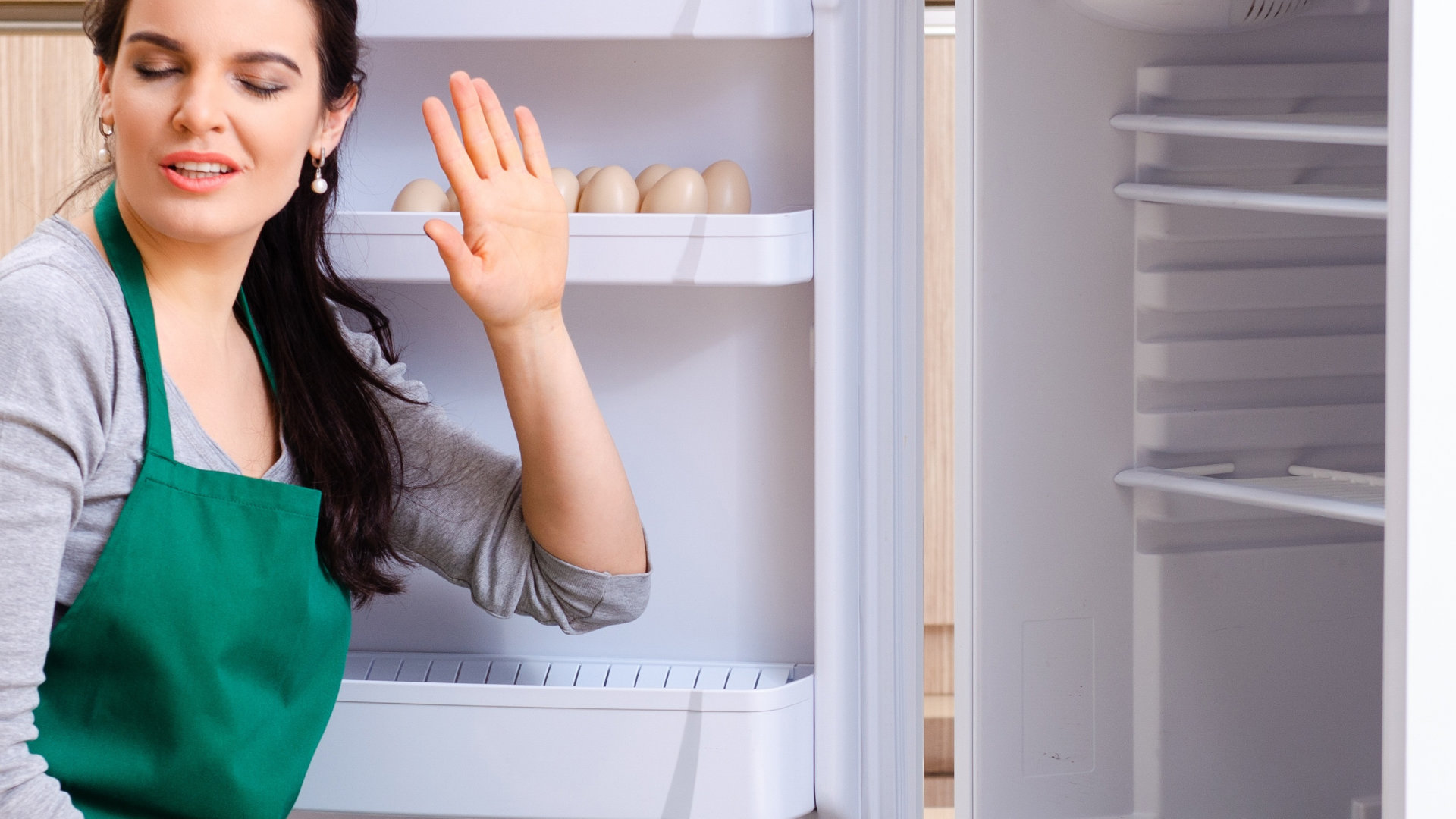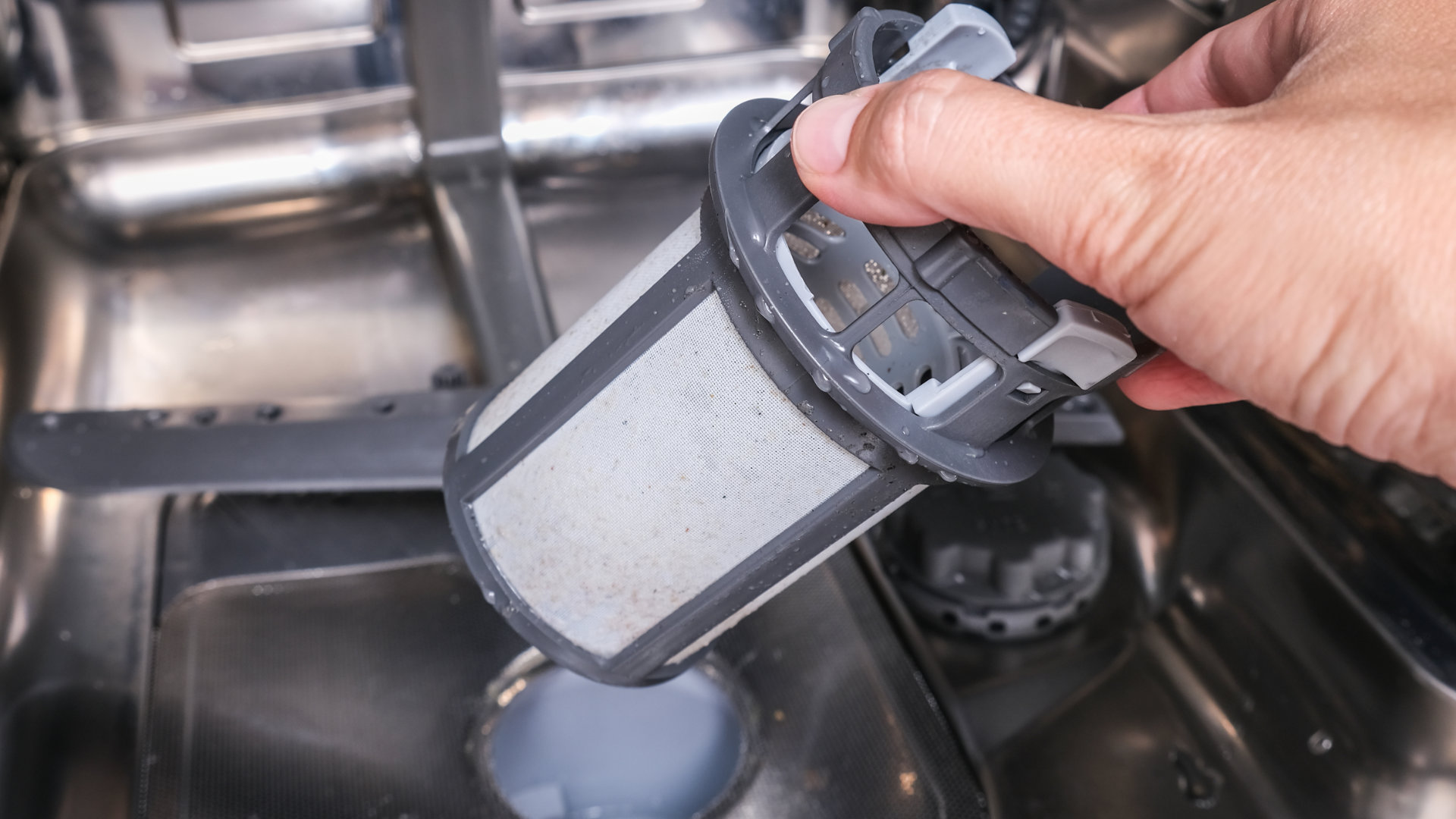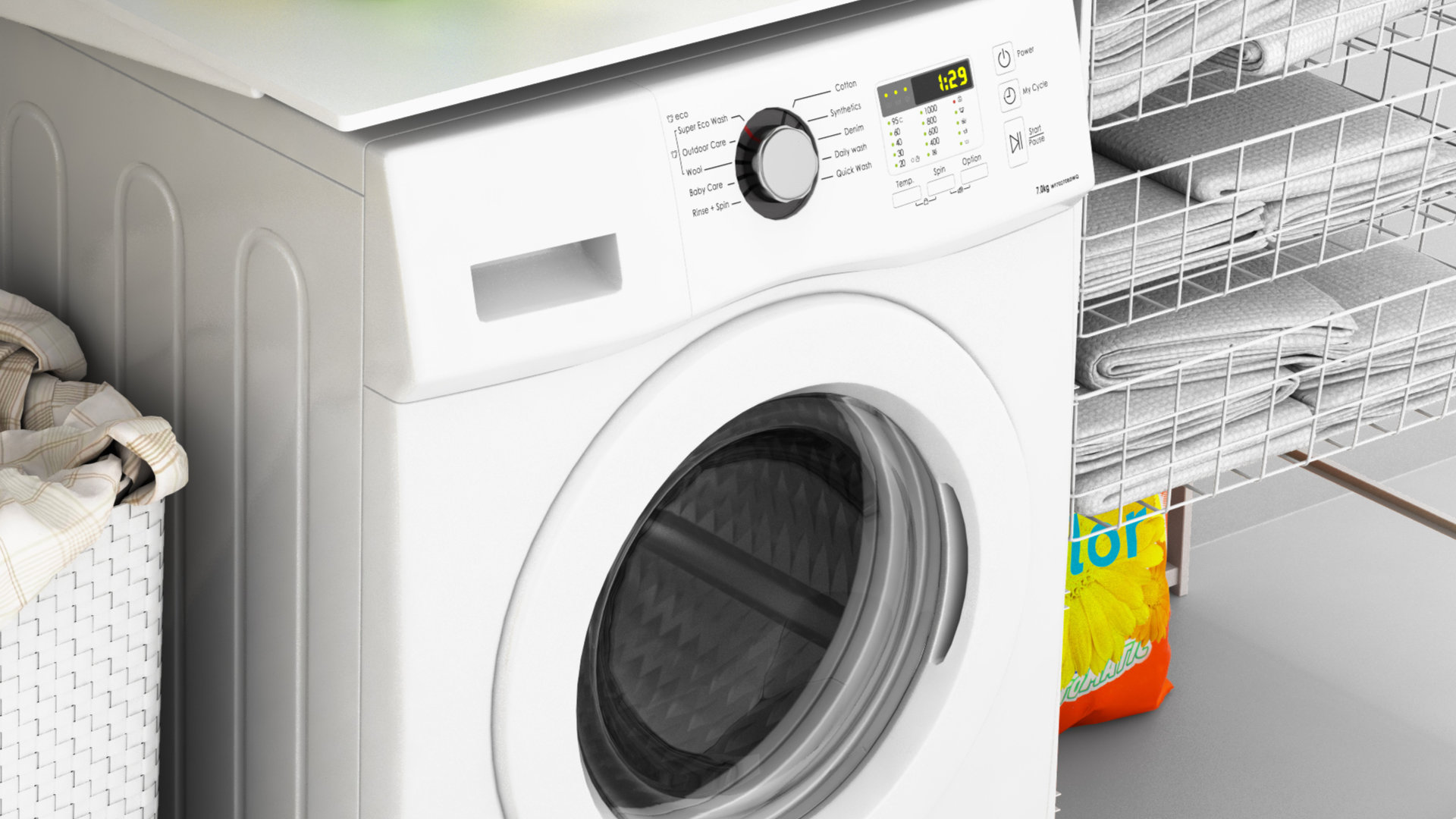
Defrosting food is an everyday activity in the modern kitchen, and a microwave is the most convenient tool for it. However, most people use the defrost feature without knowing how to do it correctly.
Improper use of the defrost setting on the microwave can not only ruin the flavor and texture of your food but can also increase the chances of bacteria and other harmful microorganisms inside the food.
In this blog post, we’ll share valuable information on correctly using the defrost feature on your microwave.
How Does a Microwave Defrost Food?
The magic behind defrosting food lies in the way microwaves work. Microwaves emit electromagnetic waves that penetrate the food and make the water molecules within it vibrate rapidly. This vibration generates heat, which in turn thaws the frozen food from the inside out.
Microwaves can only travel so far into food, so the microwave works much better on smaller food items. This is also why things can partially cook in the microwave unless they are moved or flipped.
The microwave’s rotating plate helps ensure the even distribution of these waves, preventing hot spots and promoting a uniform thaw.
It’s important to note that when defrosting in a microwave, you should use the appropriate power level and follow the recommended time guidelines to avoid partially cooking the food or creating an uneven thaw.
Remember, always exercise caution and use microwave-safe containers for defrosting.
Read the Manual First
Before using any appliance, it’s always wise to read the manual. The guide contains essential information about the specifications and features of your microwave, including how to use the defrost feature effectively. Different models have varying defrost features, so knowing your unit’s capabilities will help you achieve optimal results. So, if you’re uncertain about the defrost setting, make sure to consult the manual before using it.
Not all microwaves are the same. Many vary in the size of their compartment and in wattage. These changes will affect the cooking time, so check your manual for recommendations.
Different microwaves can have different settings for defrosting. Some models come with buttons specifically to defrost certain types of food. Others allow you to customize your defrost by time or the weight of your food. And still, others will let you adjust the power level of your microwave.
Use the Right Settings
The defrost setting on the microwave works by exposing food to low heat for an extended period. This helps to thaw the frozen food without fully cooking it, which is important if you want to keep its flavor and texture intact.
When using the defrost feature, it is important that you use the right settings for your food. If you set the time too high, you may end up cooking the food instead. Also, make sure to set the power level at 30% or lower for best results if your microwave does not have a dedicated defrost setting.
Use the Defrost Feature for Smaller Items
The defrost feature is not suitable for defrosting large items such as a whole turkey or frozen lasagna. Instead, use the defrost setting for smaller pieces such as chicken breasts, fish fillets, a frozen dinner, or butter.
For the larger items, it’s best to defrost them in the fridge overnight or at a lower temperature than room temperature to prevent the growth of bacteria.
Alternatively, you can also defrost larger items over time in a cold water bath. Just remember to change the water regularly to keep the food cold.
Use the Right Container
When defrosting food in a microwave, it is essential to use the proper container for the job. Avoid metal dishes or bowls, as they can cause sparks in the microwave.
Instead, use microwave-safe containers such as glass, ceramic, or plastic that are designed for use in the microwave. Many dishes will say on the bottom if they are microwave safe; if you have any doubts.
These containers can also help to prevent the food from drying out during the defrosting process. They also catch the water that melts as the food defrosts.
Defrost in Stages
It’s important to defrost your food gradually to maintain its flavor and texture. If you’re defrosting food such as meat, it’s best to do it in stages, allowing it to defrost for up to two minutes before checking it and turning it. For larger items, you will want to wait a few minutes longer before flipping.
This helps to ensure that the food is defrosted evenly and prevents any parts of it from cooking. By defrosting in stages, you also reduce the chances of bacterial growth in your food.
Some microwaves will deep midway through the defrost cycle to remind you to turn the food over.
Cover the Food
Covering your food is crucial when you defrost it in a microwave. The cover helps to keep the moisture from escaping, which can cause your food to dry out or lose its flavor. This tip is especially key for foods that can be defrosted in bowls, like soups, stews, pasta, or frozen vegetables.
You can use a microwave-safe lid or a plate to cover the food you’re defrosting. The cover also helps to prevent the buildup of condensation on the microwave’s walls, which can cause short circuits if things get too wet.
By following these essential tips, you can defrost food in a microwave properly. Remember that a microwave is a convenient tool that can save you time and effort, but using it cautiously can keep you and your family safe.
Before using the defrost setting on your microwave, make sure to read the manual and only use the right container. Also, defrost your food in stages, cover it correctly, and use the defrost feature for smaller items. With these tips in mind, you can enjoy thawed food that is both delicious and safe to eat.

How to Reset a Whirlpool Refrigerator Ice Maker

6 Reasons Your LG Refrigerator Is Not Making Ice

Kenmore Fridge Ice Maker Not Working? 5 Ways to Fix It

How to Remove Fish Smell from Your Refrigerator

How To Fix Bosch Dishwasher E24 Error

Troubleshooting a Whirlpool Dishwasher Not Draining

Why Is Your Fridge Water Not Working, but Ice Is?

How to Fix the E15 Bosch Dishwasher Error Code

How Much Power Does a Microwave Use?

How to Properly Clean Refrigerator Coils

How to Fix an LG Washer Showing OE Error Code

Troubleshooting a GE Dishwasher with No Power and No Lights

10 Reasons Why Your Bosch Dishwasher Won’t Start

Troubleshooting the F5 Error Code with a Maytag Washer


